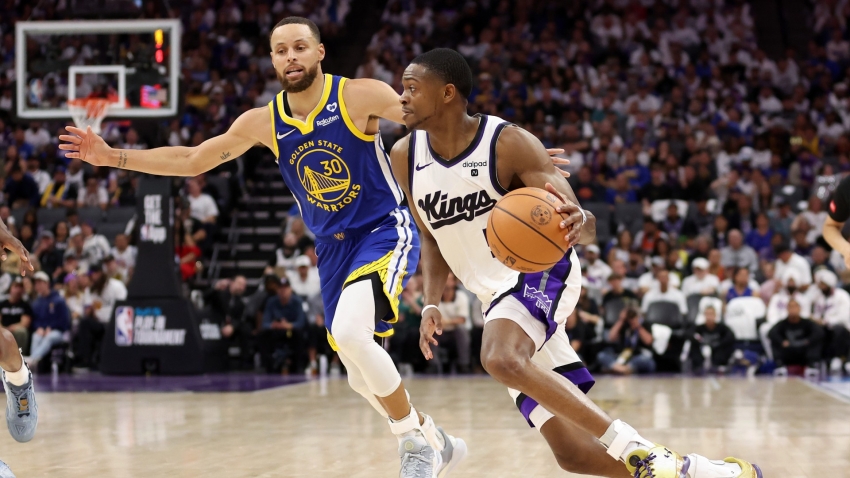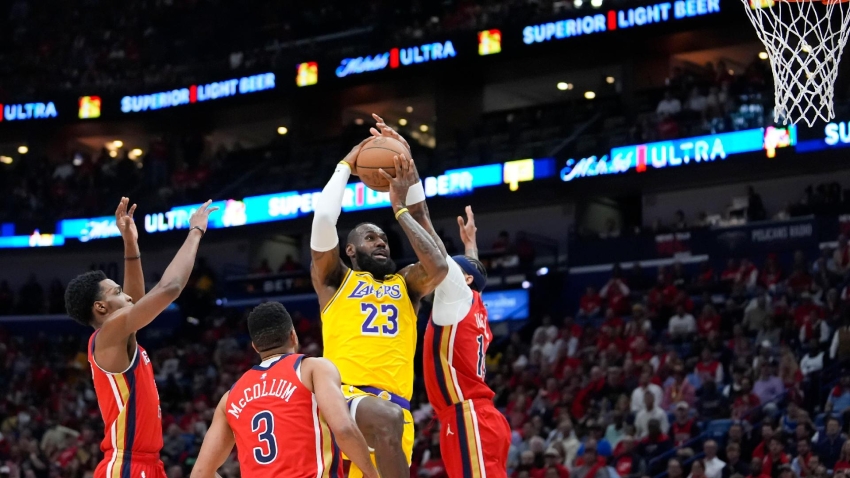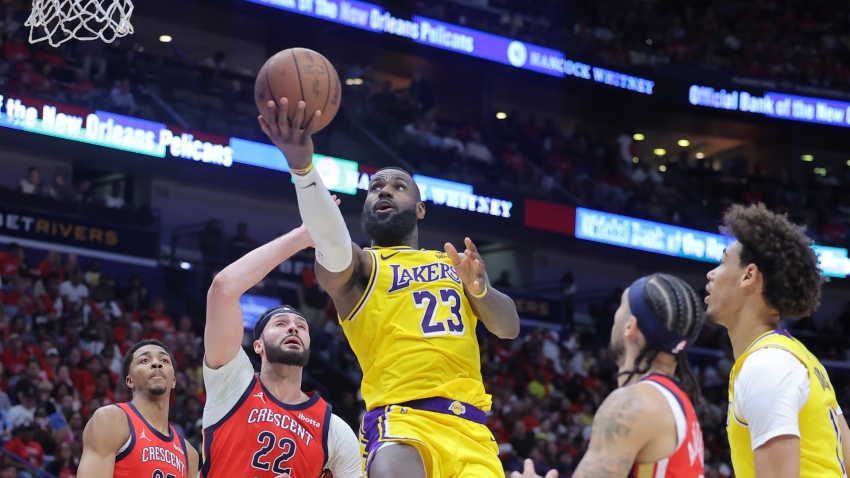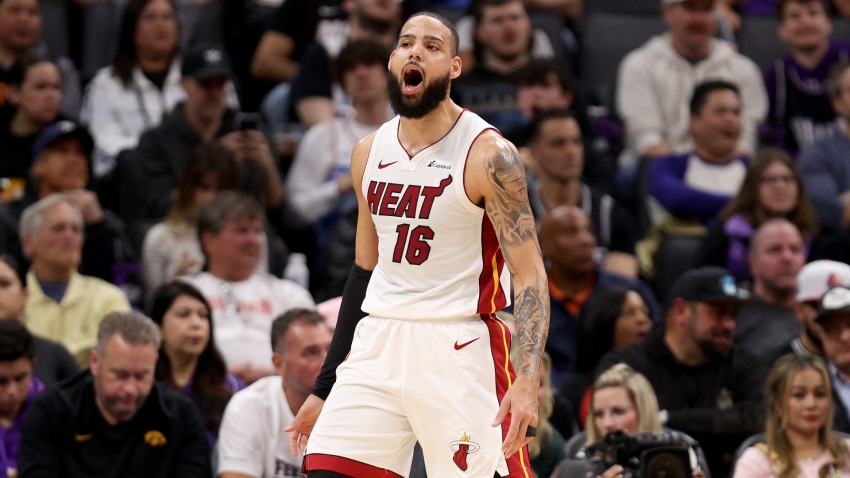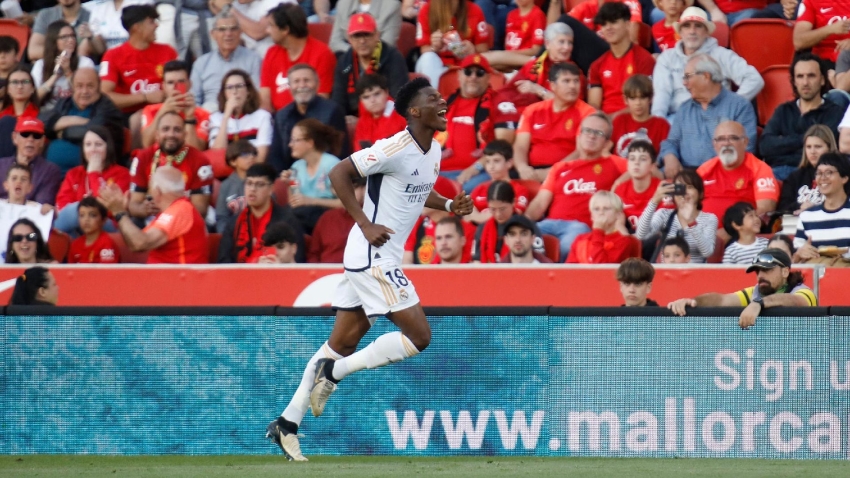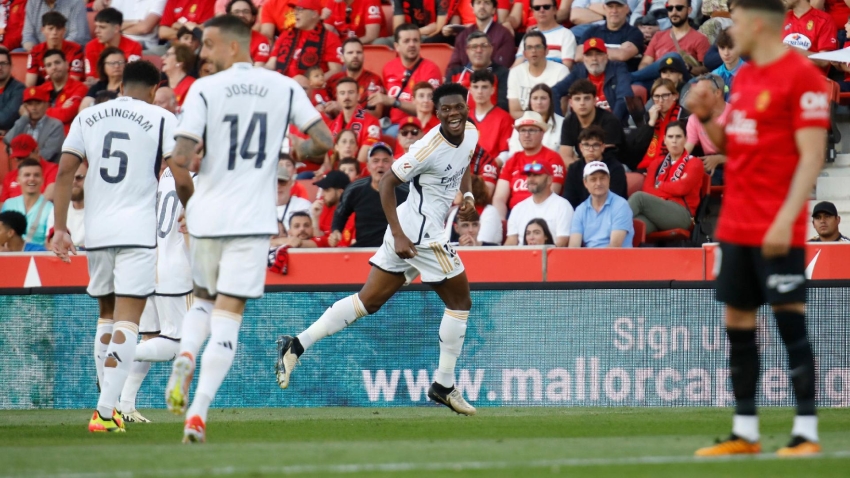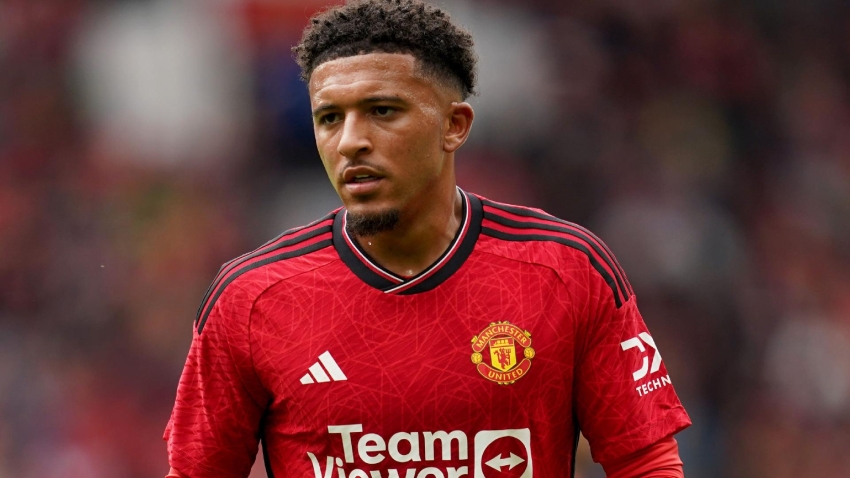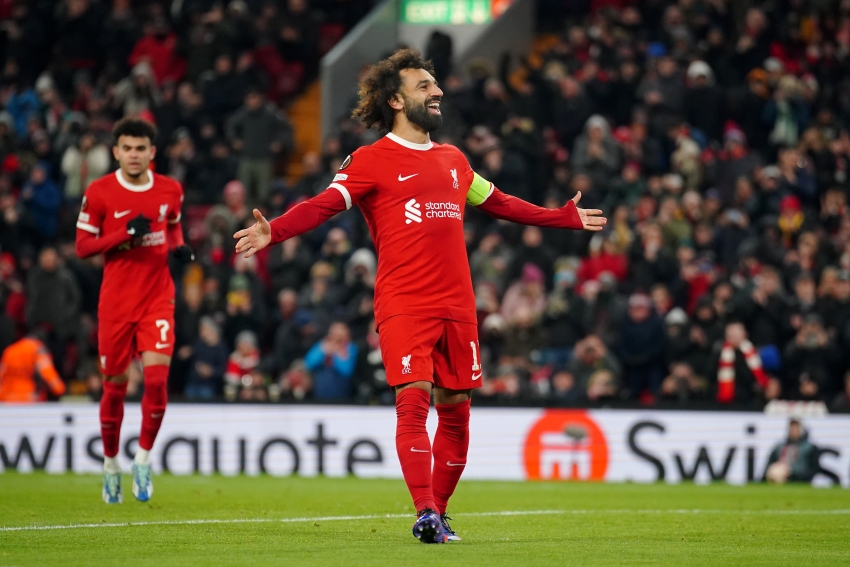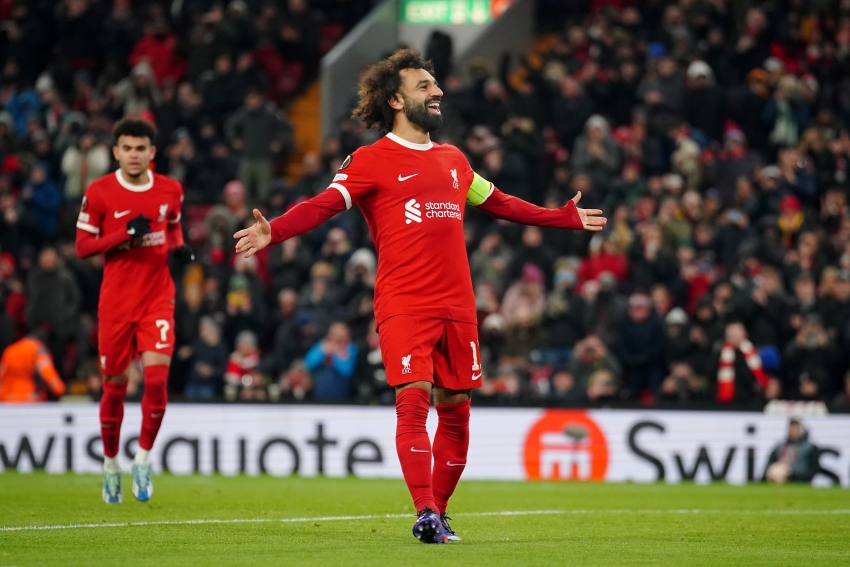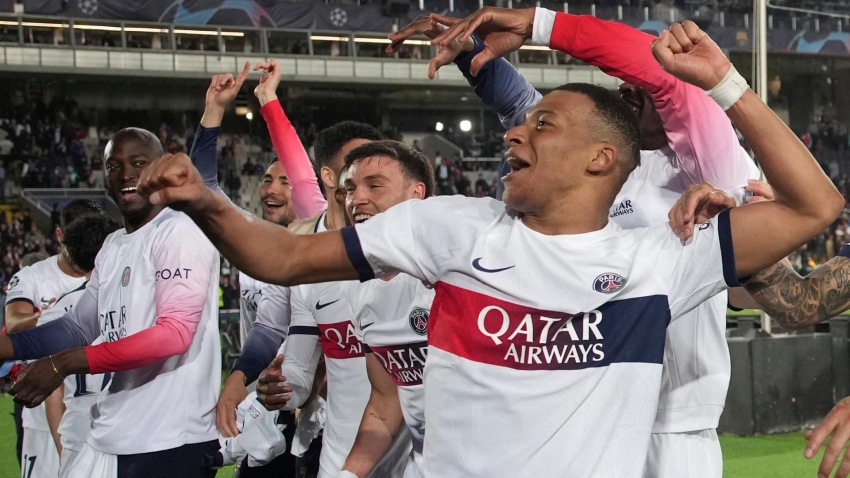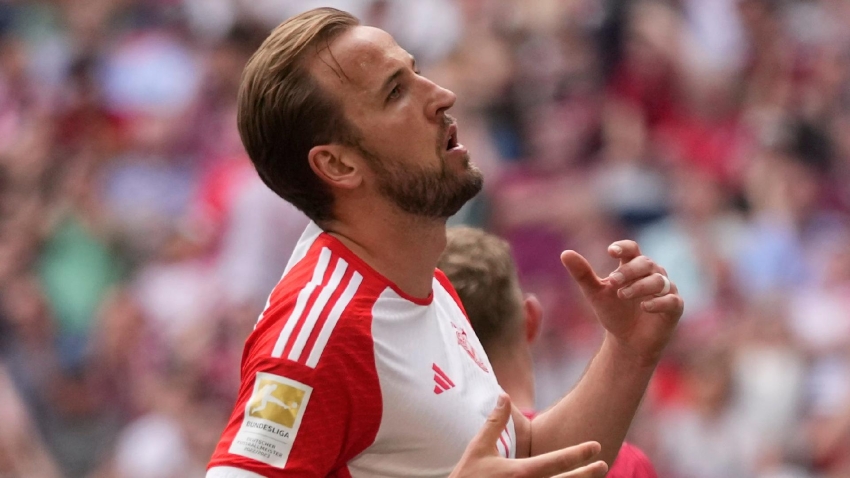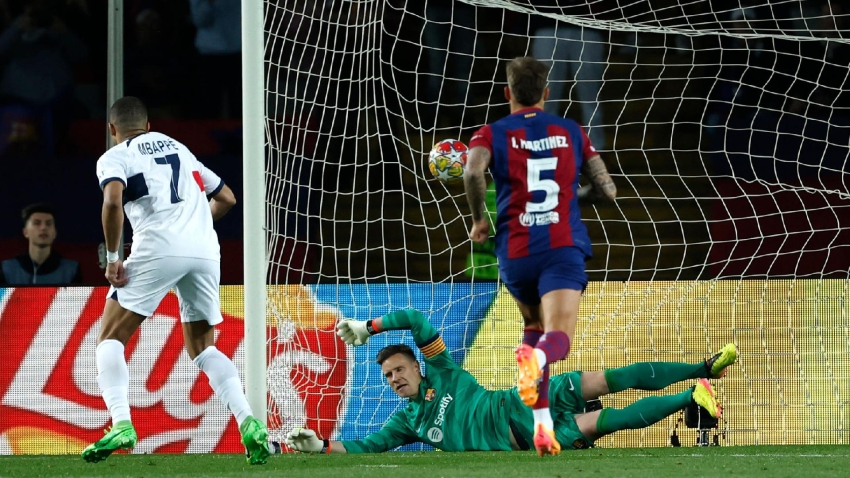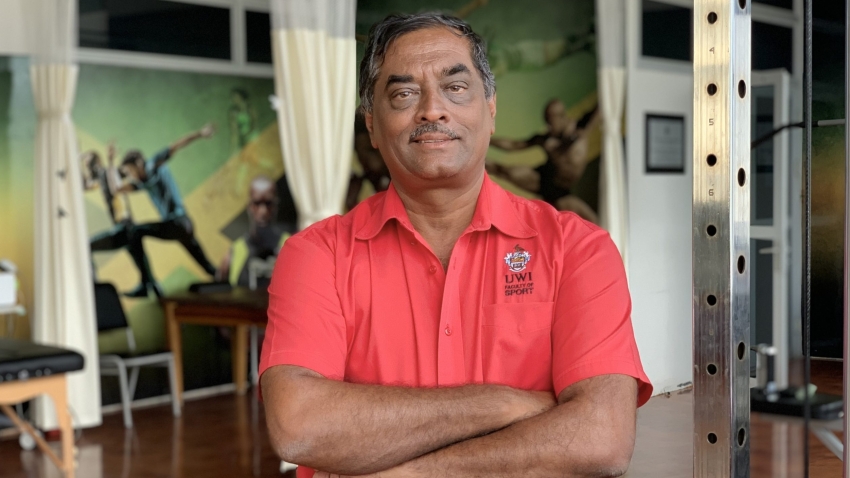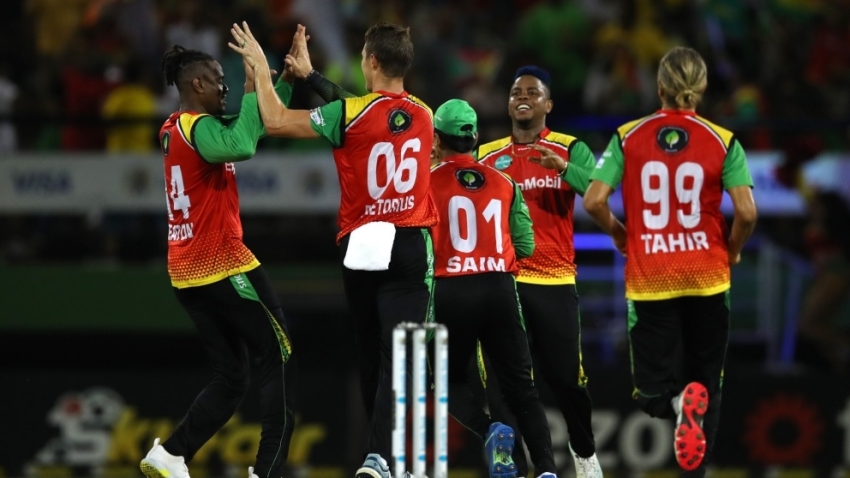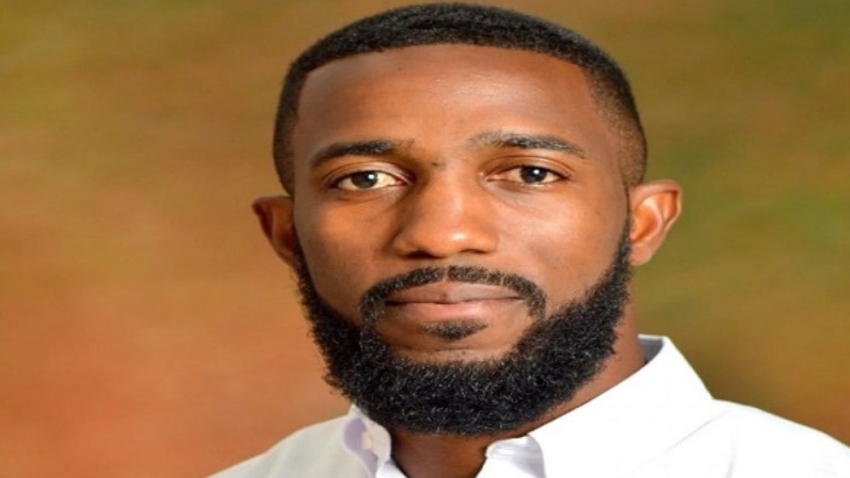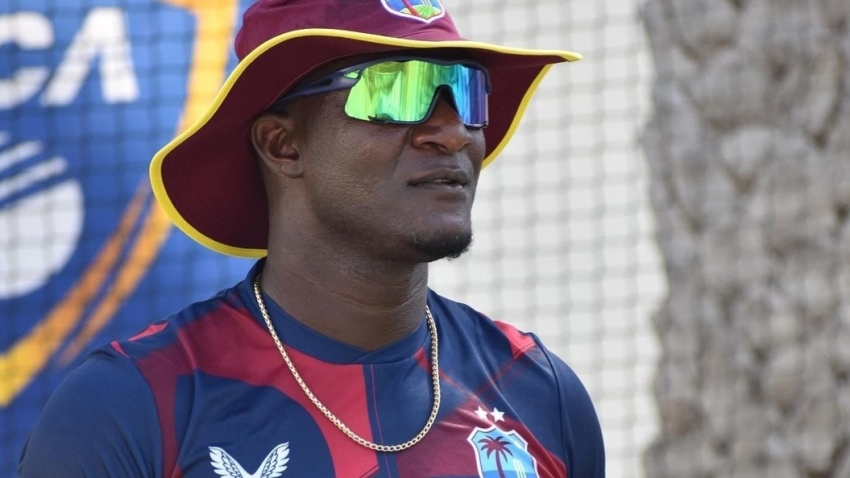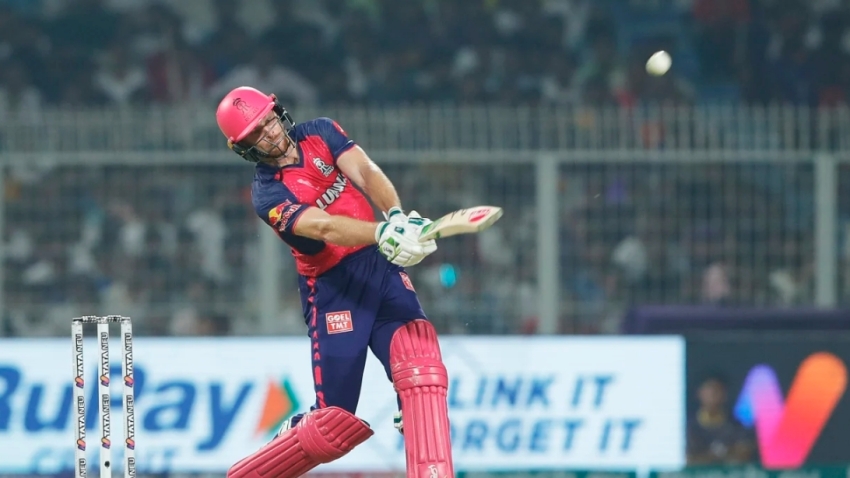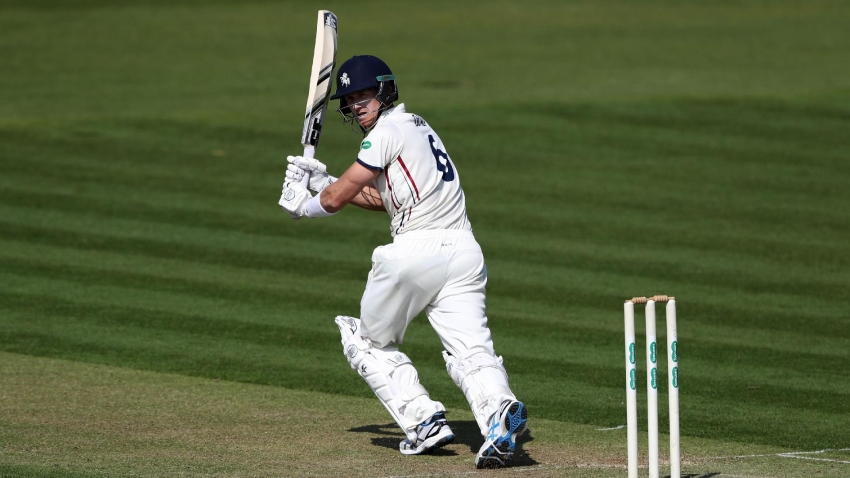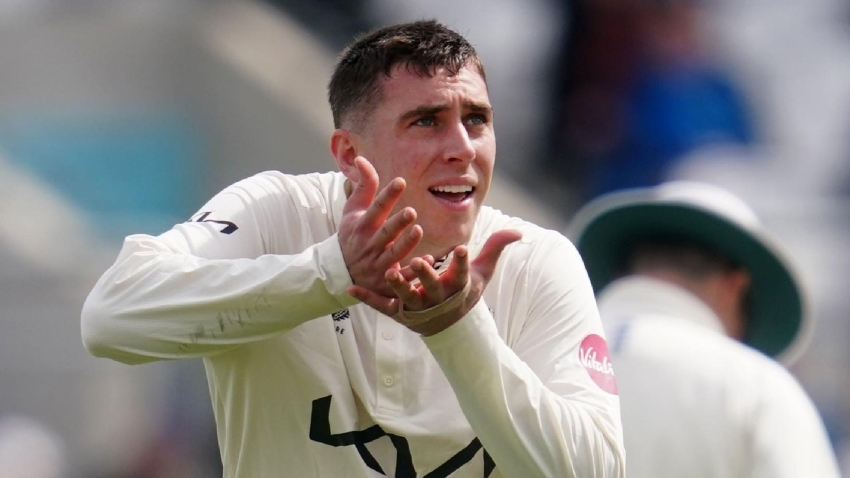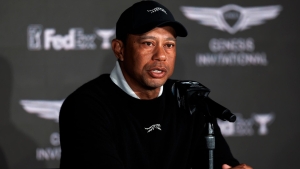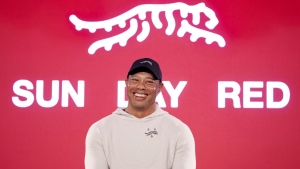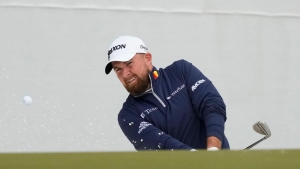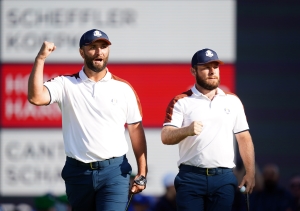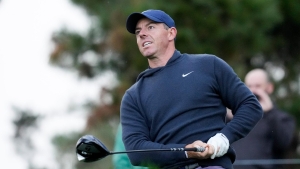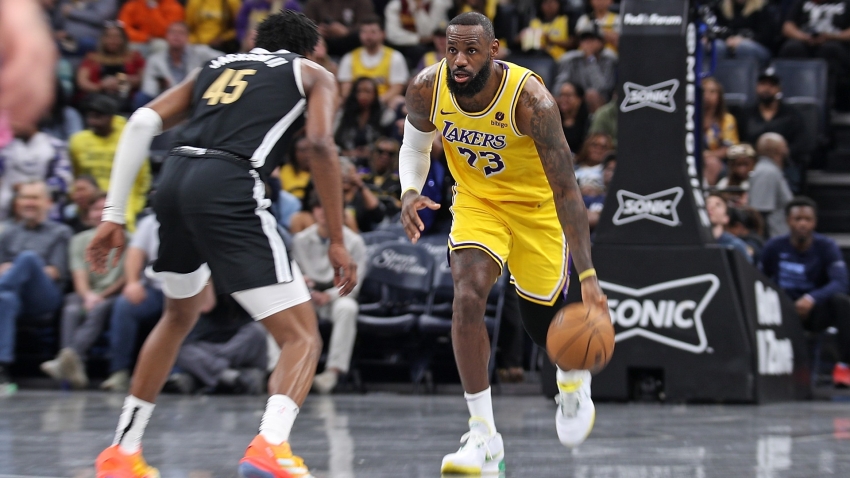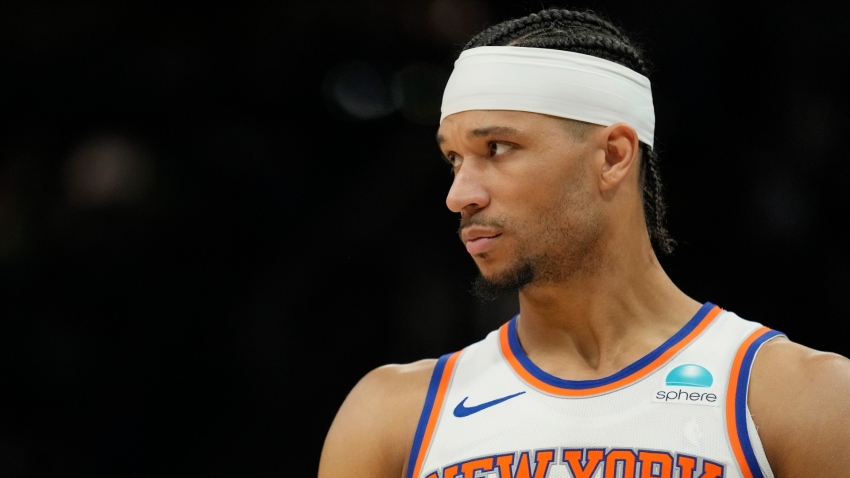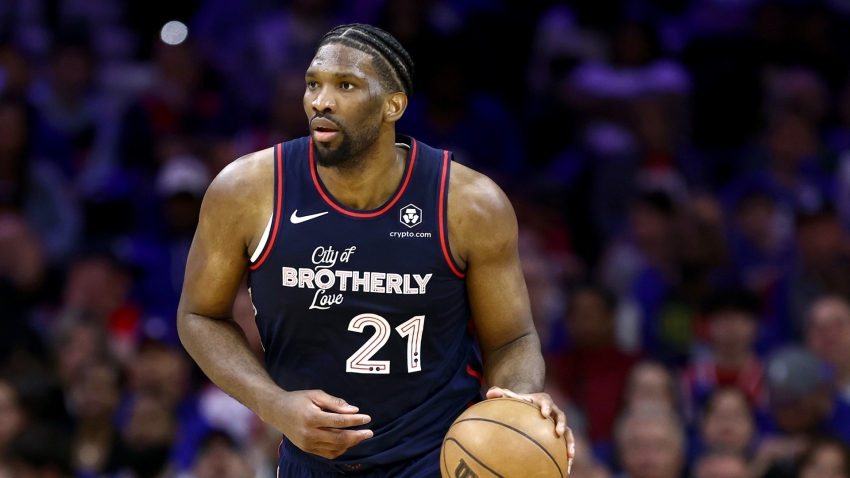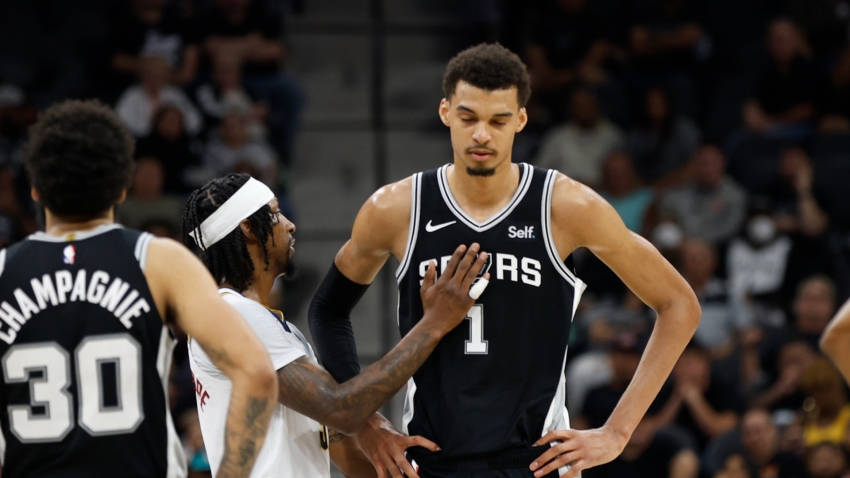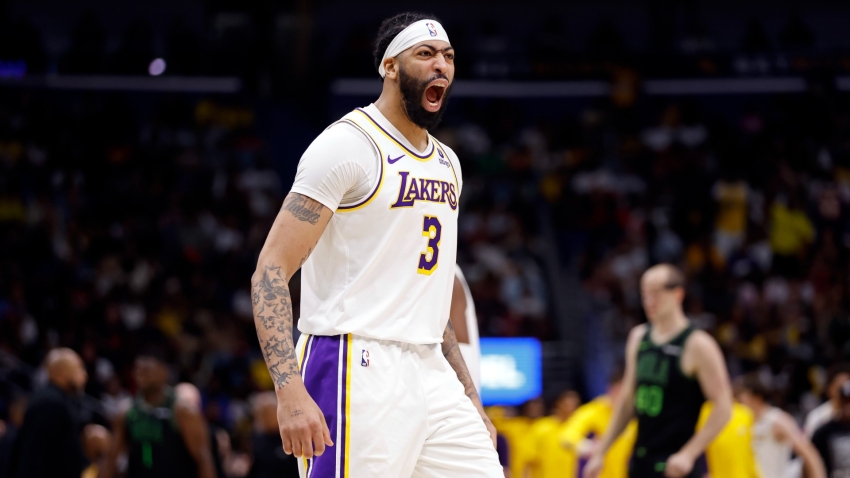Europe captain Luke Donald insists Jon Rahm and Tyrrell Hatton have not been “judged” for their decision to join LIV Golf and place their Ryder Cup futures in jeopardy.
Hatton and Rahm won both of their matches together in Rome last year, the fiery characters earning the nickname of “Team Angry” as they helped Donald’s side to a convincing victory over the United States.
As things stand, both will be eligible to qualify or receive a wild card for Europe’s defence of the trophy at Bethpage in 2025 as long as they remain members of the DP World Tour, which requires them to play in four regular tournaments per season.
They will also earn points towards qualification through major championships, but face fines and suspensions for playing in LIV tournaments without the required “conflicting event” releases from the DP World Tour.
Asked ahead of his appearance in the WM Phoenix Open if he had spoken to Rahm and Hatton, Donald told a pre-tournament press conference: “I haven’t seen too many of the guys.
“We still have a group WhatsApp chat and we’re all participating in that chat that we created for Rome.
“There’s nothing adverse or anything within that chat. Everyone understands each individual wants to do the best for themselves and I don’t think anyone is judging Tyrrell or Jon’s decision.
“Jon is someone who decided that was the best choice for him. A lot of guys have decided that going to LIV is the choice that they were comfortable with. I’m not here to judge that.
“There’s been a lot of talks about the World Rankings and should LIV guys get it. Again, I think sometimes there are consequences to certain decisions and I think a lot of these guys knew that going into it.
“Do I see them (on the team)? It’s really hard for me to answer that question now. What I did so well in my captaincy last year was just control what I can control.
“We’re seven months out probably until qualification starts. We have all this talk about being potential deals with the PGA TOUR, with DP World Tour, with the PIF (Public Investment Fund of Saudi Arabia).
“I have no idea what’s going to happen and for the next seven months I don’t really need to know what’s going to happen because qualification for the Ryder Cup won’t start until then.”
As soon as Rahm’s decision to join the Saudi-funded breakaway was announced, Rory McIlroy said the rules on qualification for the European team would have to be changed to allow the Masters champion to compete at Bethpage.
The four-time major winner subsequently acknowledged that was not strictly accurate and Donald confirmed that he had monitored the form of LIV players who had remained eligible to make the team in Rome.
“Even going back to last year, there was a couple of guys playing on LIV that maintained their membership and I kept an eye on everyone that was eligible for me to be able to pick,” Donald said.
“The guys that decided to resign their membership, yeah, at that point I couldn’t pick them, but at this moment those are the rules and so far I’m sure Jon, I’m sure Tyrrell, they want to be a part of it and they will hopefully adhere to whatever the rules are that allows them to play in the Ryder Cup.”


